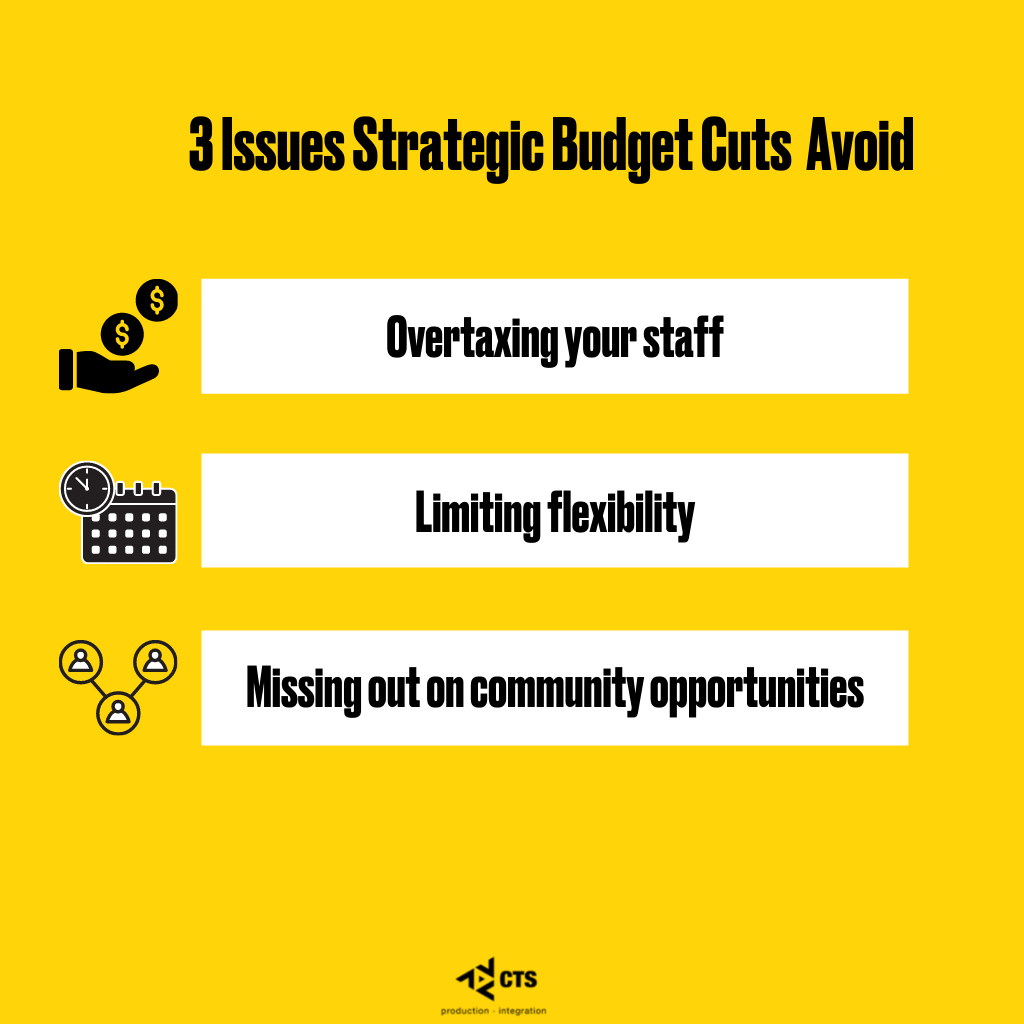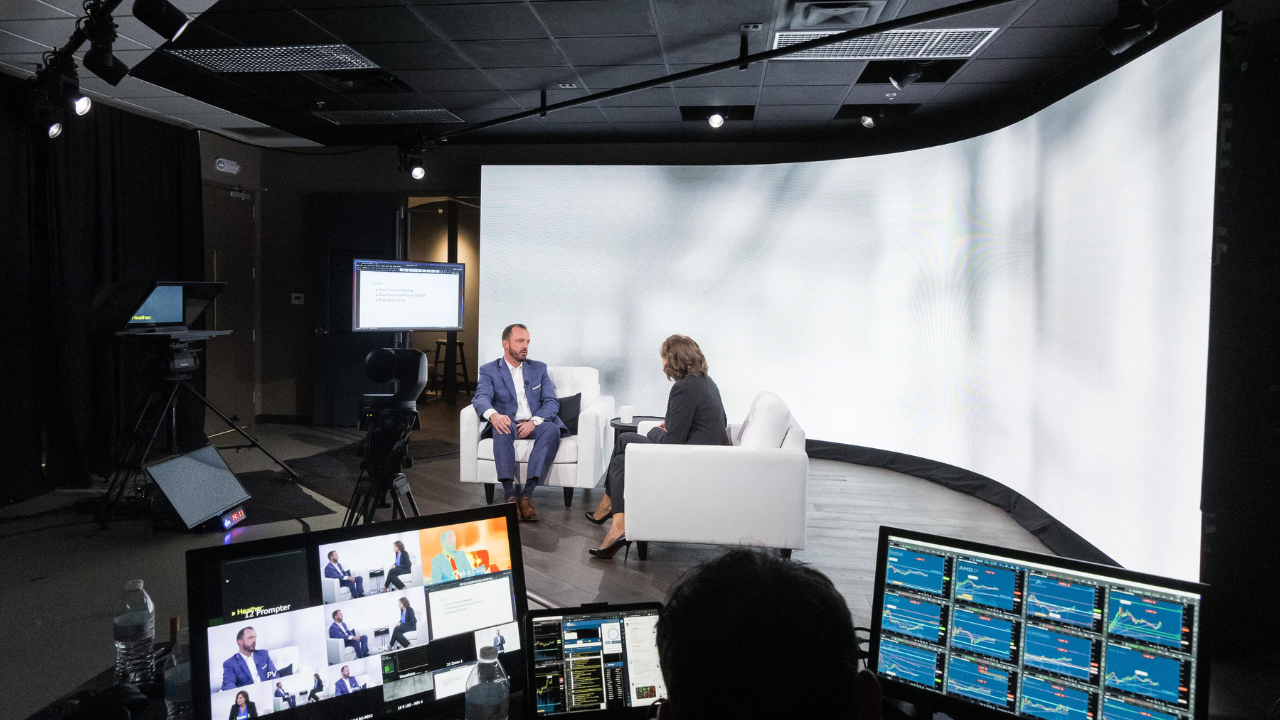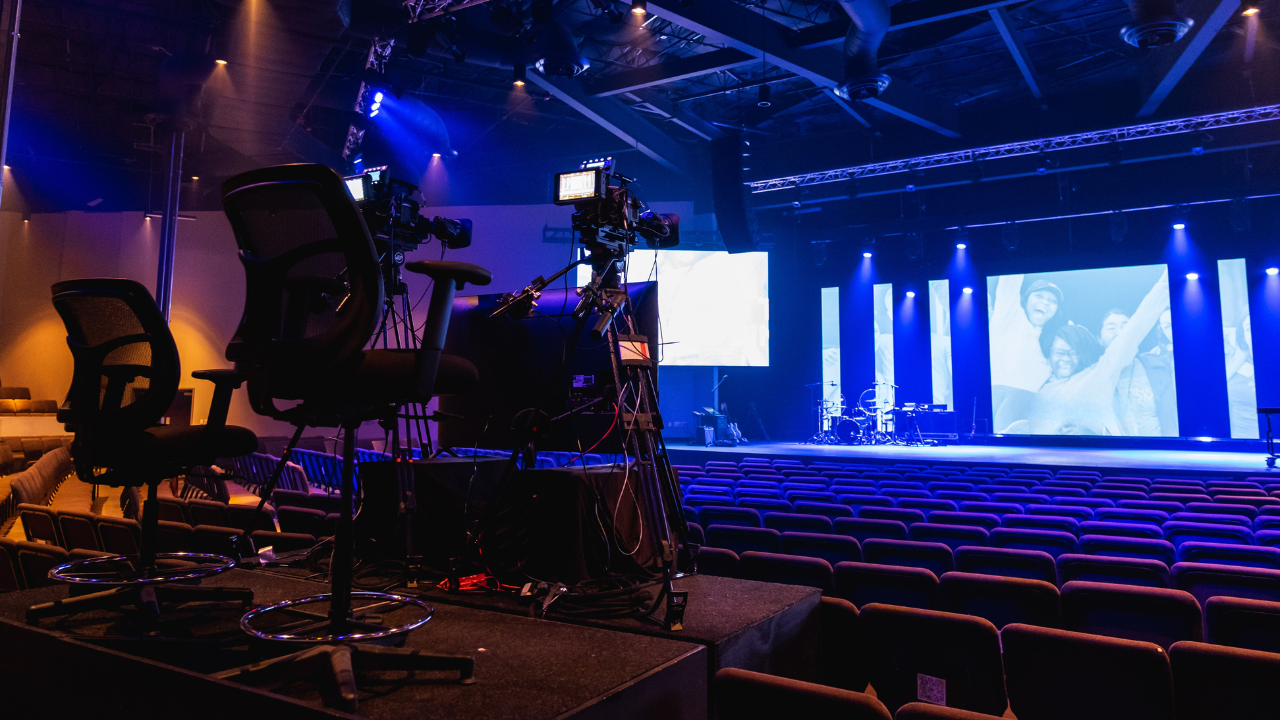Your Multipurpose Space Deserves Your Attention
Published on: Tuesday, May 3, 2022 - 7:00am

Every new construction project goes through a phase of budget reevaluation and value engineering at some point. It’s just part of the process.
The fact is, no one has enough money to do all the things that they want to do, and you have to cut budget somewhere. We understand that, so we help churches find the most efficient places to cut spending if and when the budget demands it — and still get the functionality they need.
The focus of a new construction budget is typically the primary event space, like the main worship center, and ancillary spaces take the brunt of the budget cuts.
So, when faced with spending limitations, how can you ensure your multipurpose space lives up to its potential in terms of functionality and overall impact?
How Multipurpose Spaces Usually Miss Out
Because a multipurpose space is any physical space used for more than one type of event or service, its function varies widely from church to church. These spaces can be gyms, student centers, fellowship halls, extended foyers, or alternate worship centers, and they can be used for anything from luncheons to theatrical productions.
We see a huge range in the types of cuts made to these diverse spaces. Some churches dispense with theatrical lighting and stick with basic audio and video. Under stricter budget constraints, some churches cut all theatrical lighting and video and just retain a basic, functional audio system.
In the most extreme cases, churches occasionally cut all systems, planning to use temporary lighting, video, and sound as needed.
And of course, some lucky multipurpose spaces get to have it all: great theatrical lighting, full concert-level audio, high-quality projection, and/or LED walls.
So how do you decide which cuts to make in your multipurpose space?
Determine How You’ll Use the Space
We can’t recommend here whether you need an LED wall or intelligent lighting fixtures. The functionality you need in your multipurpose space depends primarily on how you intend to use it.
Instead, we recommend you really consider the potential of your multipurpose space. What will you most use it for?
If you won’t use the space for concerts or theatrical productions, for example, it makes sense to reduce theatrical lighting and ensure that the architectural lighting will cover the immediate and basic needs. This is a common first-layer adjustment since churches often use multipurpose spaces as general meeting areas for large classes, community business meetings, conferences, etc. Those don’t usually require color-changing fixtures and equipment with a high production value.
In such cases, you’d likely also scale back on video systems, but not cut video entirely. Many multipurpose space uses (staff meetings, Bible studies, dinner events, etc.) involve some kind of visual component, whether that’s a PowerPoint or an instructional video. If you have a projector and screen or an LED wall and basic control of architectural lighting, you can meet these more limited needs.
Plan for a Multipurpose Future
While cutting budget for your multipurpose space can be a legitimate necessity, it’s important to do it strategically in order to avoid three significant issues in the future.
The first issue is one we’ve discussed before: overtaxing your staff.
Let’s say you completely cut all permanently installed systems from your multipurpose space. That means every time you use the space for a large gathering, your staff (or volunteers) have to come up with portable or temporary solutions, set them up, optimize them, and operate them or train non-technical staff to operate them.
Most facilities don’t have enough staff on hand to do that without significant strain.
The second, related issue is a lack of flexibility.
Permanent installations allow for easy, quick changes in the usage of a space, and they’re much easier for non-technical operators to run. With properly set up permanent systems, you won’t always need staff technicians or volunteers on hand to guide whoever uses the space.
The third issue is missing out on opportunities to reach the community. If you’re hampered by a lack of flexibility, you’ll have difficulty using your multipurpose space for community events, or offering the space to others.
Many churches focus on outreach in their community and want to bring people into the building, even if it isn’t for a worship service. Perhaps someday you’d like to host a community meet-and-greet, or offer the space for a nonprofit’s meeting.
If your facility doesn’t have the systems to support a variety of community events, you’ll be limited in your ability to offer them.
Some facilities also rent out their multipurpose spaces for certain types of events, such as:
- Weddings
- Concerts
- Theatrical productions
- Meetings
- Conferences
Limited flexibility will restrict rental options, so consider whether expanded rental opportunities would justify and help recoup some of the expense.
How To Maintain the Minimum When Cutting Budget
If you suffer serious budget setbacks, you’ll need to make cuts. So, assuming you still have some amount of AVL budget available, what are the minimum systems we recommend that will keep your multipurpose space functional now and in the future?
The most essential component to keep for your space is easily controllable architectural house lighting. It’s fairly obvious, but the reason for starting here is you need lights to legally open the room.
If this system is properly developed in the first place, you won’t have to upgrade or renovate it in the future. Instead, you can simply add to it as needed when you’re able.
If you still have some budget available, the second priority should be a proper audio system built for the most common uses of the space. An audio system geared toward community groups and Bible studies will be very different from a high-level concert system.
Even if these are the only two systems you can feasibly afford right now, rest assured that you still have the opportunity to create a space that is both flexible and impactful. From here, you can always add whatever video or theatrical lighting assets you may need in the future.

Start With Solid Basics and Add as Needed
Our dreams don’t always align with our budgets. Sometimes you have to tiptoe into the waters instead of diving into the deep end.
If that’s your situation, we absolutely understand. Get started with the basics mentioned above to secure useful, flexible functionality in your multipurpose space. When you have strategically built, properly developed basics, you can easily add other needed components as you’re able.



